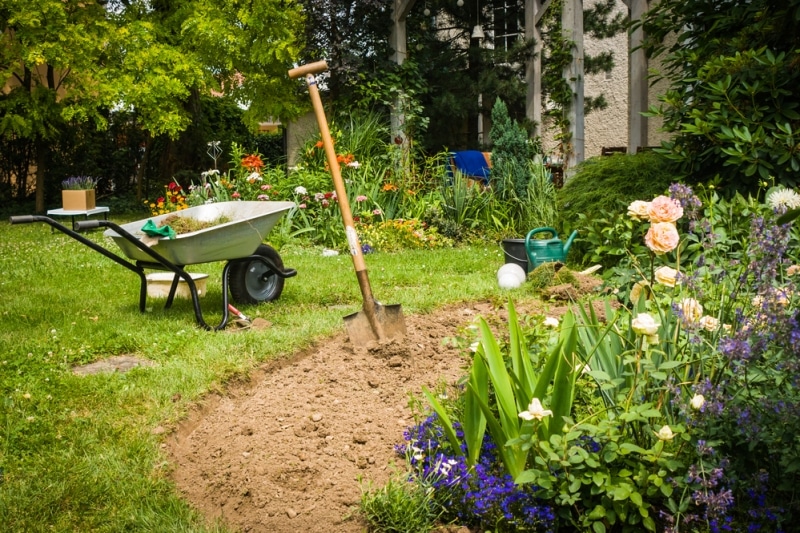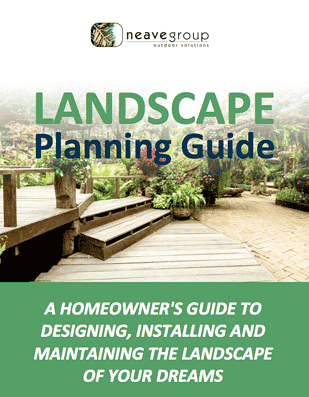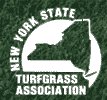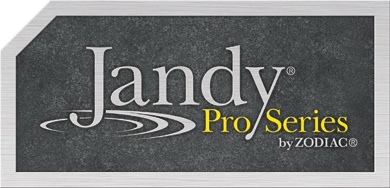Mulch isn’t the prettiest word in landscaping lingo, but it’s a wonderful thing.
It can help to conserve water, shield your plants’ roots from temperature extremes and discourage the growth of weeds.
Over time, mulches made from organic materials break down and increase your soil’s fertility.
Plus, it looks good. Decorative mulch can add color and texture to the space between plants. A nice layer of mulch will tie your garden together, giving your beds a clean, uniform appearance and causing rampant mulch envy in your neighborhood.
6 Types of Mulch For Landscaping In New York & Connecticut
Not all mulches are good for flower garden soil and plant roots. Beware of rubber mulch, which may leach pollutants such as zinc. But how do you choose the best mulch for flower beds? There’s shredded bark, pine nuggets, cocoa hulls and a mysterious new mulch on the block called Sweet Peet.
Let’s take a look at the best mulch for landscaping your New York or Connecticut home. Then we’ll talk a bit about what to do with the stuff.
Shredded Hardwood Bark Mulch
Shredded hardwood bark mulch is made from 100 percent tree bark. It’s organic, so it contains nutrition for your plants and actually improves the soil as it decomposes.
The bark typically comes from logs that are sent to the sawmill. The bark is removed before the logs are cut into lumber. Then it’s shredded.
Shredded hardwood bark is one of the most common and least expensive types of mulch. It breaks down fairly slowly and is one of the best types of mulch to use on slopes.
Dyed Shredded Bark Mulch
Dyed bark mulch is popular with homeowners because of the rich dark color, from red to brown to deep black.
This mulch is typically made of groundwood and is likely not all organic bark.
This mulch keeps down weeds and keeps in moisture, but it won’t enrich your soil as it decomposes, the way 100 percent bark will.
Pine Bark Nuggets
Pine needles and pine bark nuggets are slower to break down than shredded ones, so some homeowners like them because they last longer.
But they don’t stay in place as well. They’re not a good mulch choice for slopes or other areas where they may be washed away by heavy rain.
Pine bark nuggets are available in a variety of sizes. The bigger the nugget, the longer it lasts.
Cocoa Hull Mulch
The prettiest mulch around, cocoa hull mulch has a fine texture and rich, dark color. Don’t forget to sniff — yup, it smells like chocolate.
But prepare to pay. Cocoa hull mulch is one of the priciest mulches. On the plus side, it lasts a long time, and its rich color doesn’t fade.
Please beware: cocoa hull mulch is poisonous to dogs and cats if they eat it.
That fine texture means it can blow away. Spray the hulls well with water as soon as you spread them.
Sweet Peet Mulch
Sweet Peet is a 100 percent organic mulch, increasing in popularity, especially since Martha Stewart endorsed it. It’s made up of virgin wood products, manure, and plant fibers.
The manufacturer claims Sweet Peet supplies nitrogen in a slow release form to plants and encourages earthworms and other valuable soil organisms.
This dark brown mulch goes through a composting stage where high temperatures destroy any weed seeds that might lurk inside.
Be prepared to pay more for this than other mulches on the market.
Gravel or River Rock
You might be lured in by gravel or river rock for your beds because it doesn’t blow away or break down over time. No need to reapply it every year.
That sounds appealing. But note that also means they don’t improve your soil over time.
Also, it’s hard to remove this stuff if you change your mind, and it’s trickier to dig in when you have garden work to do.
How Much Mulch Do I Need?
Organic mulches hold moisture in the soil while suppressing weed growth, but too much or too little mulch often has negative effects.
Excess mulch can hold too much moisture, making the soil waterlogged, which encourages harmful diseases in the plants.
Too little living mulch doesn’t prevent weeds from sneaking through.
It’s sort of like Goldilocks and the three bears. You want the amount of mulch to be just right.
In most flower beds and vegetable gardens, 2 to 3 inches is a good depth. For heavy weed or grass suppression, put down a 6-inch layer of mulch.
Many mulching materials, including the ever-popular wood chips, settle over time. So add an extra half inch to one inch of mulch to account for that eventual decrease in volume.
The Work Before The Mulch
Mulching is kind of like painting — there are some things you need to do first, in order to ensure a solid job.
Pull or cut any weeds closely, if you’re mulching for weed control. It will help the mulch, and anything under it, to lay flat, and it will slow down the weed growth.
Lay down anything you want under the mulch, such as landscaping fabric or plastic. Try adding several layers of newspaper or cardboard if you prefer a biodegradable weed blocker.
Mulching To Protect Plants In The Winter
New York and Connecticut aren’t exactly tropical.
You’re not the only one shivering. Your plants and bulbs appreciate a nice, warm blanket, too.
A layer of mulch about 3 inches deep is great for seasonal protective mulching.
In the spring, remove the protective mulch layer about two weeks before you plant. This is important. Deep mulch protects the soil, but it can damage the stems or trunks of plants and trees growing in the planting bed.
So thin out the layer of mulch in the areas immediately surrounding plants or trees. Avoid letting the mulch actually touch the stems or trunks. A mulching material piled up against a stem or trunk can cause rot, which seriously harms or even kills the plant.
I Might Need More Mulch?
Sorry. As we pointed out earlier, organic mulching materials decompose over time, leaving you with a thinner layer of mulch. Most materials settle even if they don’t break down into the soil.
So keep your eye on your mulch and add more when it starts to look thin.

At Neave, We’re Mulch Experts
The good news? Neave Landscaping can help you out with all your mulching needs. We’re partial to shredded wood bark, but our experts will help you figure out the best mulch for landscaping your home.
If you’re in the Hudson Valley, call us at (845) 463-0592. If you’re in Westchester County, call (914) 271-7996; from Connecticut, dial (203) 212-4800. Or, fill out our simple web form, and we’ll contact you about setting up your free consultation.
Do you want the mulch to control weeds? To cover a pathway? To inspire mulch envy?
We’ve got you — and your ground — covered.
The best part: We’ll even do the math needed to figure out how much mulch you need.






















